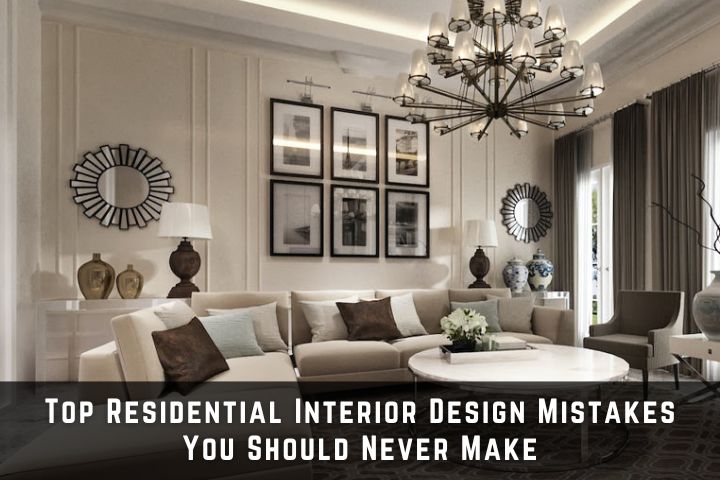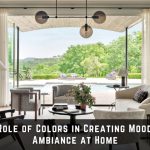Designing your home’s interior is an exciting journey — but without proper planning, it’s easy to make mistakes that can affect both aesthetics and functionality. Whether you’re renovating or building your dream space from scratch, knowing what *not* to do can save you time, money, and frustration. Here are some of the most common residential interior design mistakes to avoid and how to fix them.
1. Ignoring Space Planning and Proportion
Why Space Planning Matters
One of the biggest design mistakes homeowners make is neglecting space planning. Every room should have a balanced layout that allows free movement and ensures comfort. Oversized furniture in a small room or tiny décor items in a large space can make your home look cluttered or empty. To avoid this, always measure your room before buying furniture and visualize how each piece fits. Using scale drawings or online design tools can help you achieve a proportionate layout.
Pro Tip: Function Before Form
Focus first on how you want the space to function. For example, in a living room, ensure there’s enough seating and conversation flow before worrying about decorative elements. Once you have a functional layout, you can add accent pieces and artwork to enhance the overall look.
2. Overlooking Lighting Design
Importance of Layered Lighting
Lighting is often an afterthought in residential design, but it plays a critical role in setting the mood and improving usability. Relying solely on ceiling lights creates harsh shadows and can make spaces feel flat. Instead, combine ambient, task, and accent lighting for a layered effect. Use dimmers and smart bulbs to adjust brightness according to the time of day and activity.
Natural Light Is Key
Don’t block natural light with heavy curtains or oversized furniture near windows. Natural light not only enhances your home’s atmosphere but also improves well-being. Choose sheer curtains or light-filtering blinds to maintain privacy without sacrificing brightness. Mirrors opposite windows can also help reflect light deeper into your space.
3. Choosing the Wrong Color Palette and Décor
Balance Boldness and Simplicity
Colors can make or break a room’s design. While bold shades can add personality, overusing them may overwhelm the space. Similarly, sticking only to neutrals can make your home appear bland. The key is balance—use neutral tones for large areas like walls and floors, and introduce color through accessories, cushions, or accent walls. Always test paint samples in your space under different lighting conditions before finalizing.
Personalize Without Clutter
Another common mistake is overcrowding rooms with décor items. While personalization is important, less is often more. Choose a few meaningful pieces—like artwork, travel souvenirs, or statement furniture—that reflect your personality. Maintain visual breathing space to let these items shine without overwhelming the room.
Creating a beautiful and functional home requires thoughtful design decisions. Avoiding these common residential interior design mistakes ensures your space remains stylish, comfortable, and timeless. From proper planning and lighting to color harmony, every detail counts in crafting a home you’ll love for years to come.
The Omega Group provides the best services regarding this, offering expert residential interior design solutions that bring beauty, balance, and functionality to your home.






